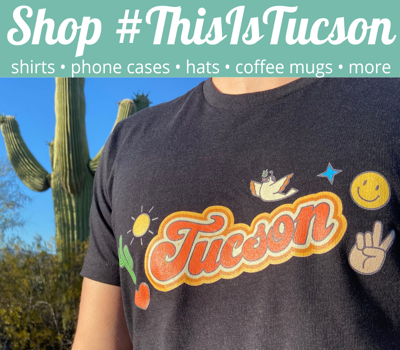The following column is the opinion and analysis of the writer:
There have been a lot of bad deals, but UA’s ill-advised acquisition of Ashford University stands apart.
President Robert Robbins invoked a baseball metaphor describing the decision to Inside Higher Ed: “You can either build a professional team through your farm system in-house, or you can go to the free-agent market and bring in a star player.”
Robbins clearly needs better scouts because instead of bringing in a star, and instead of relying on the team of employees and educators already on the UA roster, Robbins inked a long-term deal with a questionable and controversial prospect.
Ashford University’s parent company Zovio (previously Bridgeport Education Inc.) is currently battling with California’s attorney general over allegations of fraudulent claims made to prospective students to increase enrollment (including false claims regarding financial aid offers) and predatory debt collection practices. Similar issues resulted in the company paying out $7 million to the state of Iowa and a $32 million penalty from the federal government under separate agreements, citing Bridgeport’s practice of knowingly deceiving students.
Under the terms of the UA signing deal, Zovio will receive 19.5% of all tuition and fee revenue the UA Global Campus takes in each year. In other words, Zovio, while masked as a nonprofit with its UA affiliation, is still incentivized to maintain high tuition and revenue. While the name on the uniform might change, the player wearing it still matters.
Per the Security and Exchange Commission filings submitted by Zovio Inc., outlining the conditions of the deal, Zovio is guaranteed annual service fees in the ballpark of tens of millions of dollars, to be paid out by the UA Global Campus. The agreed upon allocation of assets and cash from Zovio to UA at the start of this deal, totaling $54 million, will, in effect, be returned to Zovio before the agreement enters into its fourth year. A smart investment strategy for Zovio, but what about UA?
At best, this acquisition might become a Jacoby Ellsbury-type situation. In December 2013, the Yankees acquired Ellsbury for $153 million over seven years. Oft-injured throughout his career and without a single postseason hit, the Yankees released Ellsbury with over $31 million left on his contract ($26 million with $5 million buyout). Ellsbury is commonly cited as the Yankees’ greatest free-agent mistake.
Teaming up with Ashford University will likely be Robbins’ biggest error, but the consequences won’t fall on him alone. Instead, the acquisition of Ashford will irreparably harm the university’s larger reputation.
Education consultant Phil Hill proposes that “UA might be signing a free agent, but that new player won’t even play for the professional team despite wearing a similar uniform, when the actual team is playing in an elimination tournament and needs help.”
An analysis of this deal from UA’s own Eller College, which the front office reportedly ignored, is bleak. The clubhouse under Robbins’ mismanagement has now entangled itself with an organization that:
• preys on nontraditional students such as veterans and historically underserved communities;
• is complacent with poor student success rates;
• exposes the university to litigation and scandal that will far outlast Robbins’ tenure.
In their effort to swing for the fences, UA has found themselves in a real pickle.
How Robbins maneuvered this out-of-left field contract during a pandemic while the university faces financial strain, laying off and nonrenewing the contracts of hundreds of employees and revoking their health insurance during this precarious time, is unknown. His ejection from the front office, however, seems imminent.




